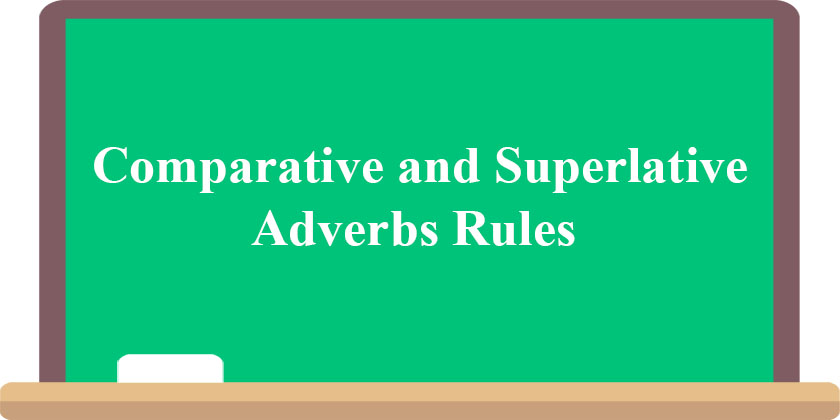
Comparison can also, however, appear when no adjective or adverb is present, for instance with nouns (e.g., more men than women). (e.g., fast er, more intelligent, less wasteful). The comparative degrees are frequently associated with adjectives and adverbs because these words take the -er suffix or modifying word more or less. beautiful, less beautiful, least beautiful. Some languages have forms indicating a very large degree of a particular quality (called elative in Semitic linguistics). The usual degrees of comparison are the positive, which simply denotes a property (as with the English words big and fully) the comparative, which indicates great er degree (as bigger and more fully) and the superlative, which indicates great est degree (as biggest and most fully).


The associated grammatical category is degree of comparison.

A superlative construction expresses the greatest quality, quantity, or degree relative to all other comparators. Comparison is a feature in the morphology or syntax of some languages whereby adjectives and adverbs are rendered in an inflected or periphrastic way to indicate a comparative degree, property, quality, or quantity of a corresponding word, phrase, or clause.


 0 kommentar(er)
0 kommentar(er)
